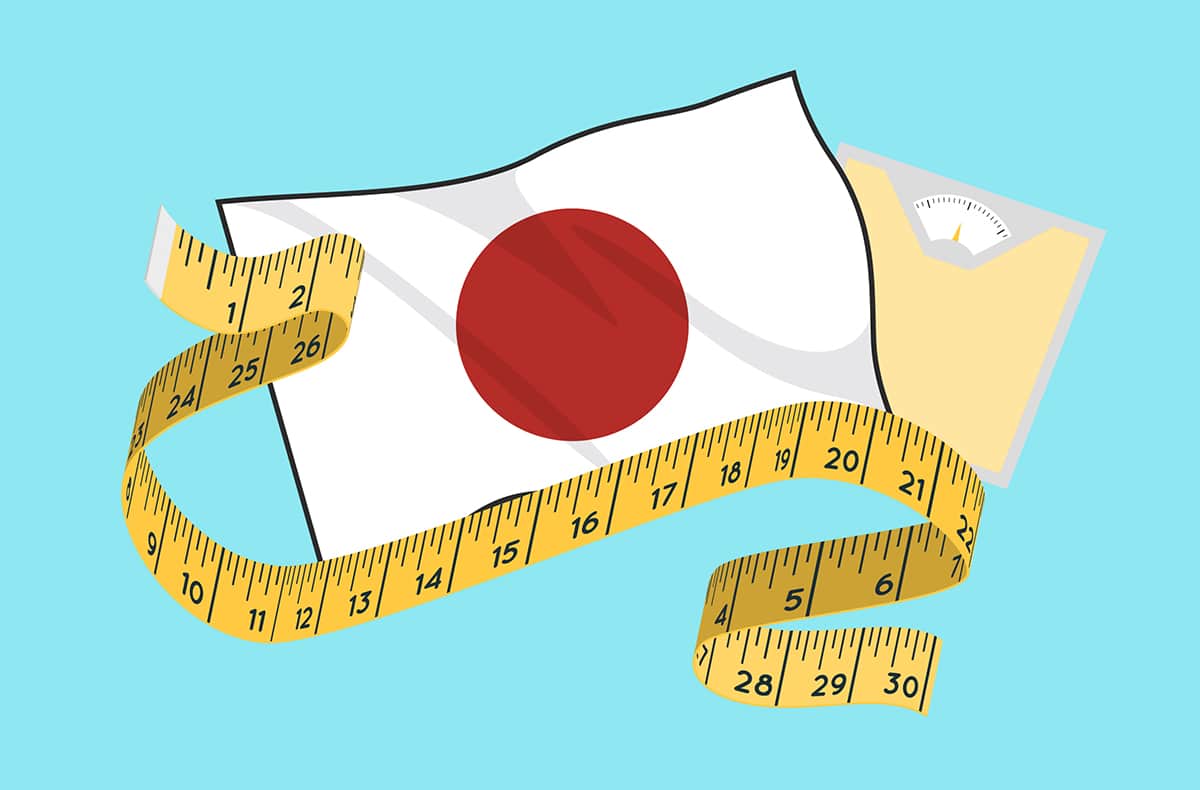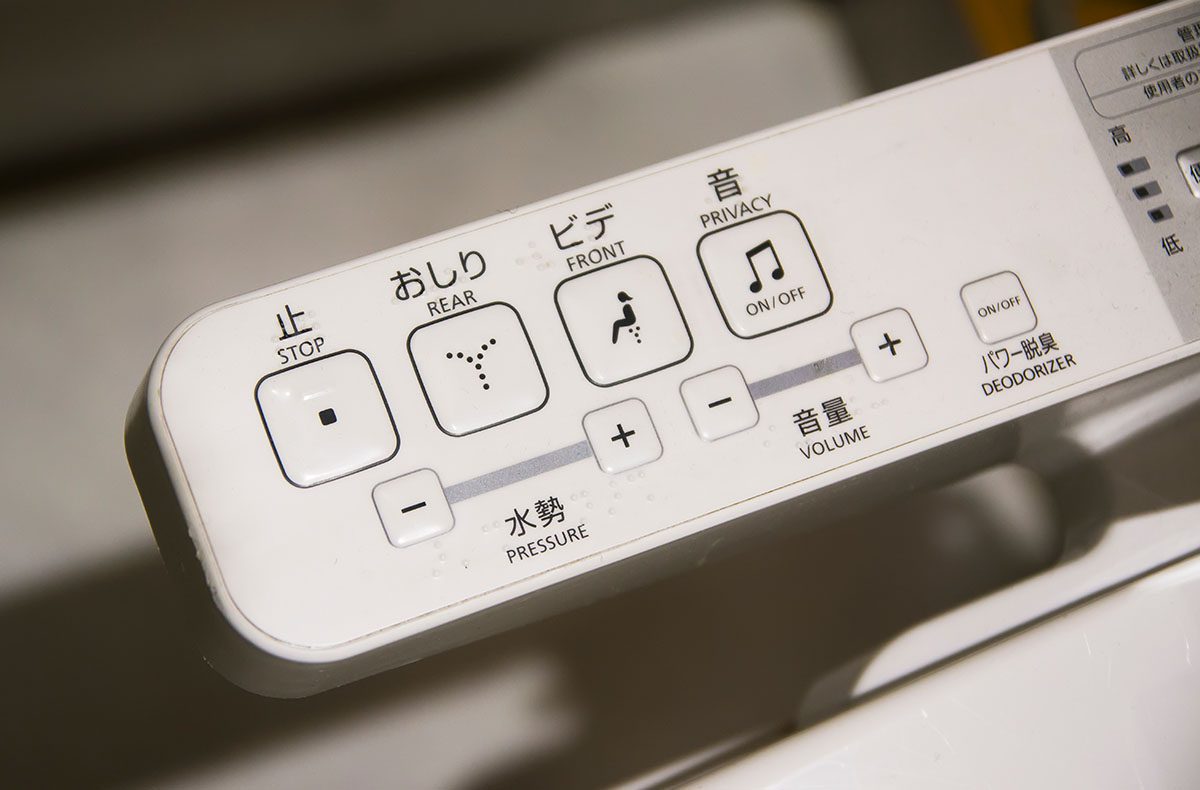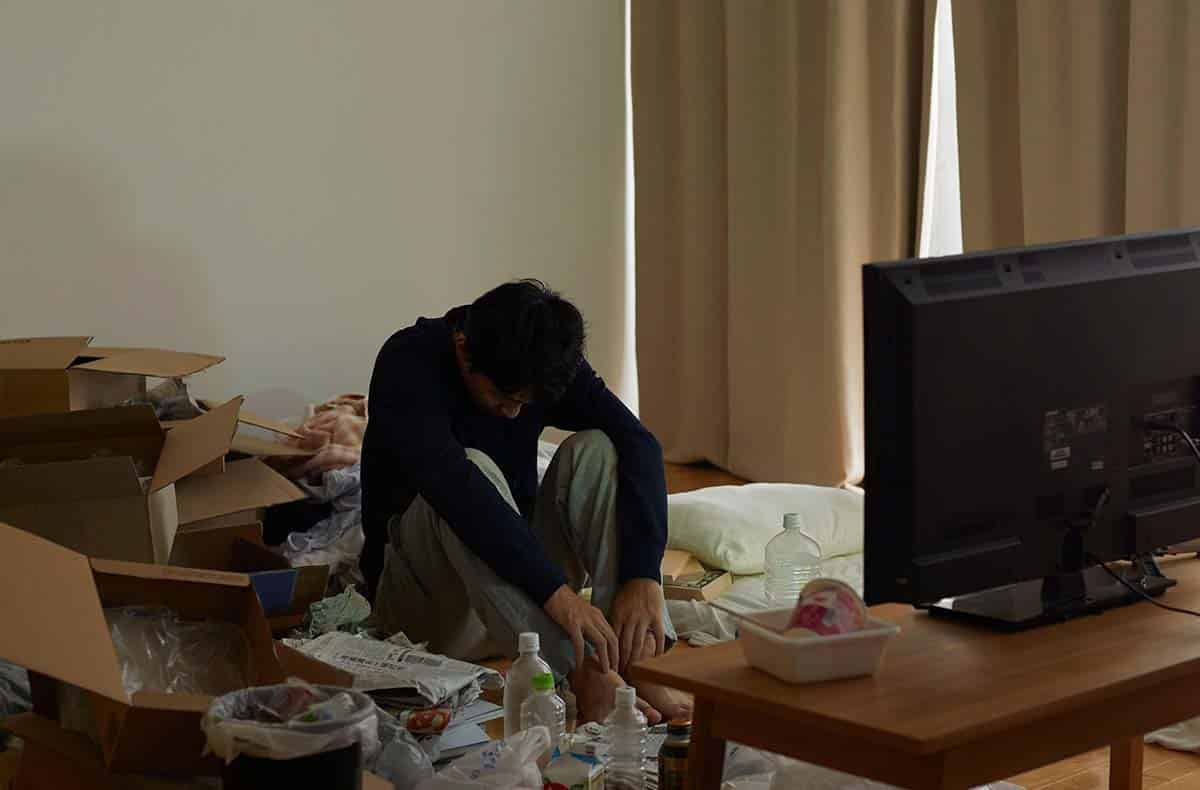
One of the biggest challenges facing economically developed societies today is obesity. According to UK government statistics, almost two-thirds of British adults are currently classed as overweight or obese, costing the NHS billions of pounds a year and around 30,000 lives. The US fares even worse, with between a third and half of the adult population classed as medically obese, depending on the source. Again, this costs the country billions of dollars each year.
We know that obesity is correlated with a country’s level of socio-economic development. Plot “GDP” and “obesity” on a graph and you can see a clear upwardly sloping line. That is, the richer a country gets, the higher the level of obesity. However, there is one country that is a clear outlier. It occupies a lonely spot in the lower right-hand corner of the graph. Despite its high GDP, it has obesity levels equivalent to Afghanistan or Burkina Faso. That country is Japan.
So, how does Japan manage to buck the trend when it comes to obesity? The answer to this is complicated, but unfortunately for policy-makers looking to implement change in their own countries, a large part of the answer boils down to culture. More specifically, food culture. That’s because Japan is a country of foodies and almost every person in the country is obsessed with eating good food. Turn on the TV in Japan at any time of day and almost without fail, you will hit upon a programme about food. You’ll see comedians touring the countryside looking for local delicacies. You’ll hear former J-pop idols oohing and aahing over close-ups of gleaming and quivering chopsticks-full of ramen. You’ll learn healthy home cooking from housewives turned celebrity chefs. Not only that, unlike the British, whose small talk mainly involves complaining about the weather or the state of the roads, Japanese small talk inevitably involves food. Ask a Japanese friend what they did on their holidays and instead of talking about the sights they saw, they’ll talk about what they ate.
In Japan, appreciation of good food and the acquisition of a cultured palate starts young. Earlier this year, my youngest child started public daycare. As part of the enrollment process, I was given a list of foods my child had to have tried before being allowed to eat the nursery’s lunches. No fewer than 40 different types of fruit and vegetable were on the list, plus a wide variety of fish and seaweeds. Reading the nursery’s menu, you’d be forgiven for thinking you were sending your child to a Michelin-starred restaurant. Dried baby sardines and okra rice, sautéed carrot and burdock root, tofu, and miso soup, anyone?
This is by no means an “elite” nursery. It is a public nursery that is heavily subsidized by the government. In fact, the fees are decided on a means-tested basis, so the lower your income, the lower the fees. Single parents, provided they meet the criteria and depending on their circumstances, can even send their children to daycare—with its gourmet menu—for free. These delicious and healthy lunches are not limited to daycare. Most elementary school children and even junior high school children eat lunches at school that are prepared on site using fresh local ingredients and planned by qualified experts in nutrition. This is possibly one reason why there is a weaker relationship between low socioeconomic status and obesity in Japan than there is in Western countries.
It is not only what the Japanese eat, it is the way they eat that helps them avoid becoming overweight or obese. A traditional Japanese meal consists of a bowl of rice, a bowl of soup, grilled fish and a variety of “sozai,” or side-dishes, usually involving a variety of vegetables, beans and seaweed. Often, the “sozai” are shared plates placed in the centre of the table so that everyone can try a selection of dishes. Children are taught to eat a little from each plate in order, encouraging nutritional balance and mindfulness. They are also taught from a young age to eat only until they are “hara hachi bu”—or 80% full. What Japanese people drink on a regular basis also helps them avoid taking in empty calories. When eating at home, people rarely have juice or fizzy drinks with their meal. The standard drinks are unsweetened tea or water.
Of course, Japanese people enjoy sweets and junk food like everyone else. My mailbox is constantly full of takeaway pizza adverts and McDonald’s vouchers, and I live within striking distance of about ten different fried chicken joints. I can buy chocolate, sweets and fizzy drinks 24 hours a day from one of the 20 convenience stores within walking distance of my apartment. However, the portion sizes are smaller so it is more difficult to overeat, and there is strong cultural pressure to enjoy junk food in moderation as a supplement to—not instead of—a balanced diet. People also care greatly about what other people think of them and are reluctant to break cultural taboos related to food. Walking down the street chomping on a huge packet of crisps, for example, is a big no-no and most Japanese people would feel embarrassed to be seen eating in that way. You will also very rarely see people eat on public transport. In addition, parents are generally quite strict with their children about eating between meals.
Another reason why people in Japan are generally fitter and slimmer than the average westerner is the amount of incidental exercise built into daily life. My child’s nursery, for example, will not allow parents to drop off their child by car, so parents either have to walk or use their “mama-chari”—a bicycle with fitted child seats. Elementary school students have to walk to and from school every day, and this usually continues until high school. Almost all school students from junior high school onward are members of school sports clubs, which are taken very seriously. It is not unusual for school sports teams to hold practice every day before and after school, with games or tournaments on the weekends. Adults usually shop for food little and often, so instead of a weekly or even monthly trip to the supermarket in the car to stock up, they walk or cycle to several grocery stores and buy enough for the day’s meals. This constant physical activity makes a large difference in calorie expenditure when added up over time.
The government does play a part in keeping the nation at a healthy weight by insisting on companies giving their employees an annual health check. Once a year, all the employees at my workplace are obliged to undergo a full physical health check, including blood tests, chest x-rays, and of course, the dreaded BMI check. Any significant weight gain (or loss) will be flagged up in the results and employees are expected to consult a doctor and come up with a plan to deal with it. In 2008, it was announced that companies who failed to lower the number of employees showing symptoms of metabolic syndrome by 10% by 2012 would be fined. This was in response to an increase in the number of overweight people in their 40s and the related risk to their health. I find it hard to imagine that this extreme example of government intervention would have the desired effect in the UK or US, but given that Japan’s obesity rate has remained relatively stable since its introduction, this policy seems to be working.
Japan’s success in avoiding the obesity problem faced by most of the western world is down to three main factors: an appreciation of good food from cradle to grave, a lifestyle that encourages incidental exercise, and a large dollop of paternalism. If the West genuinely wants to combat the obesity epidemic, it could do a lot worse than look East for answers.


